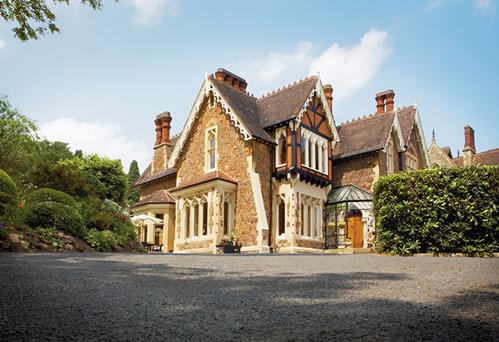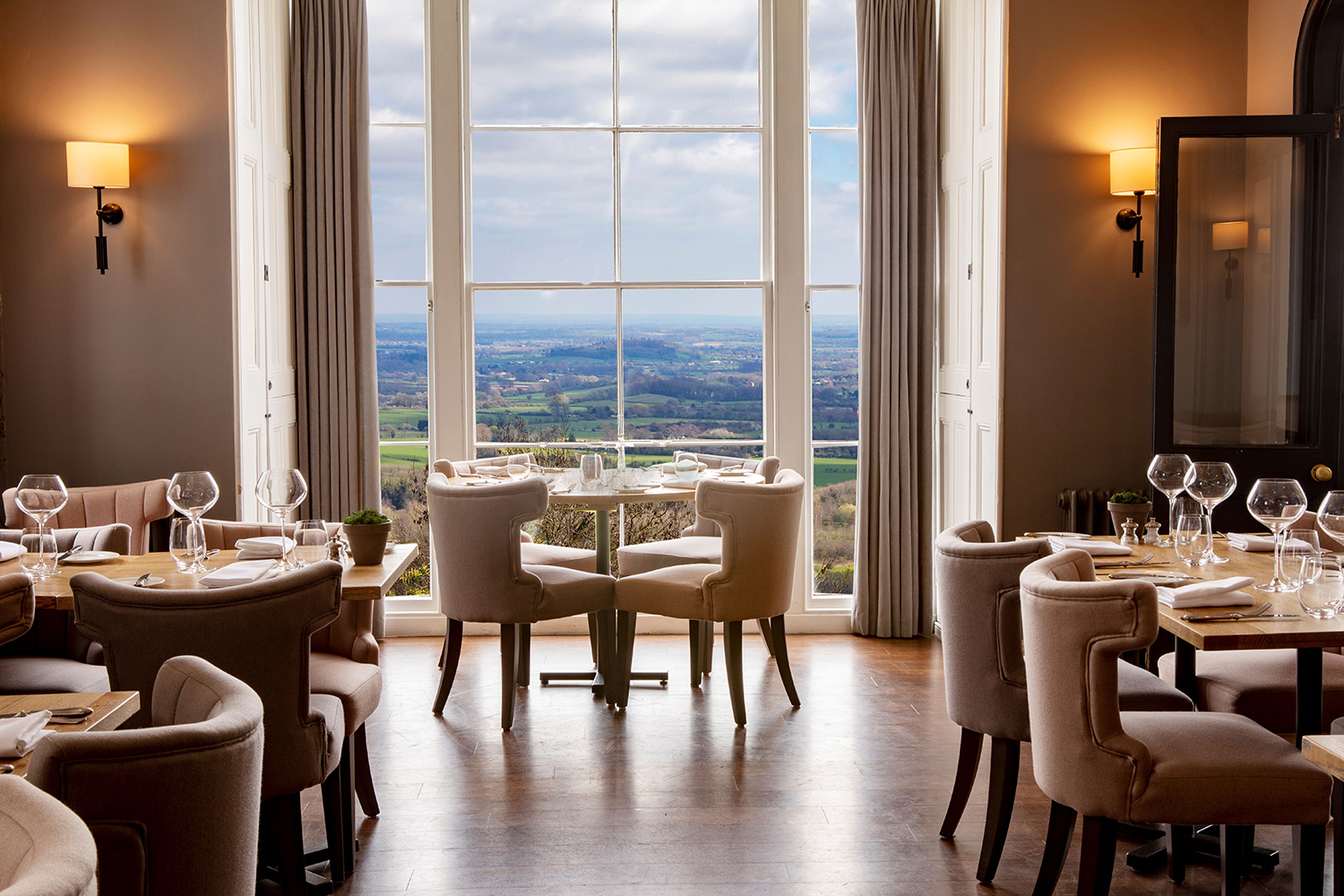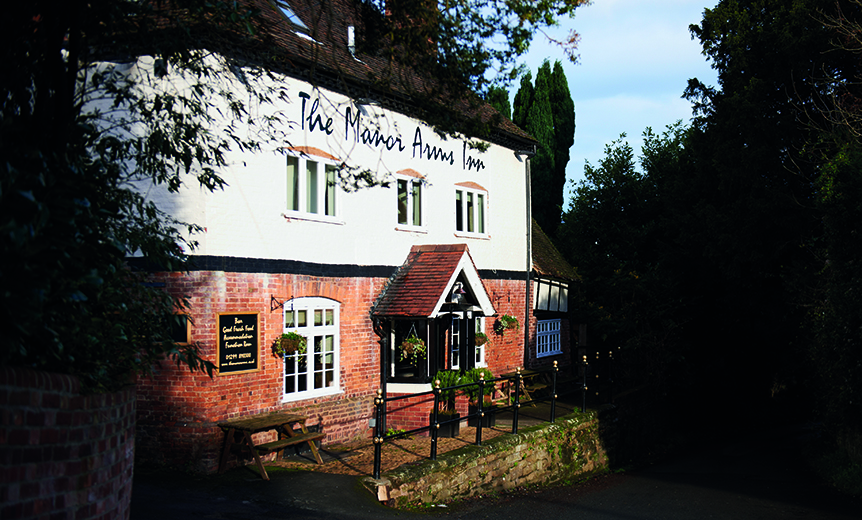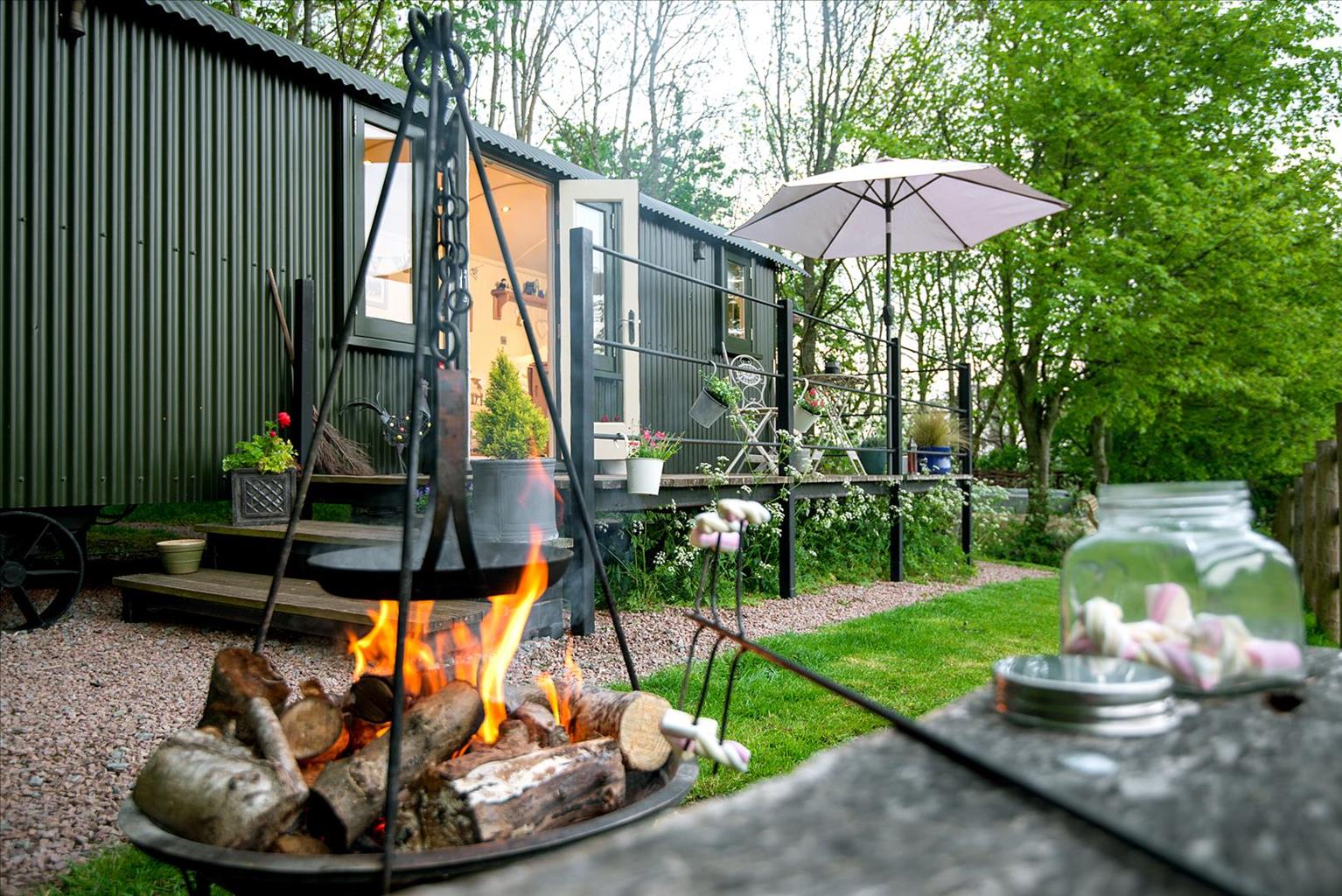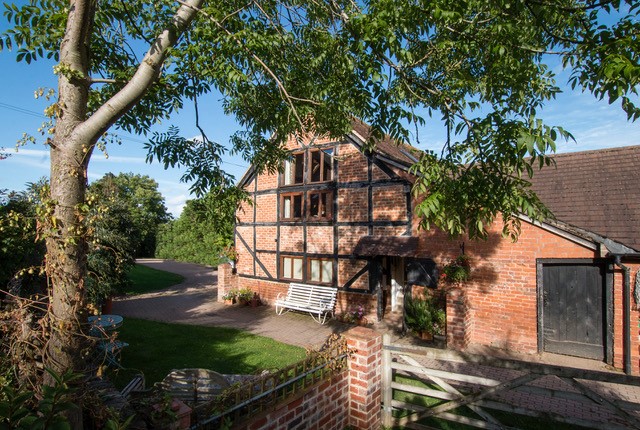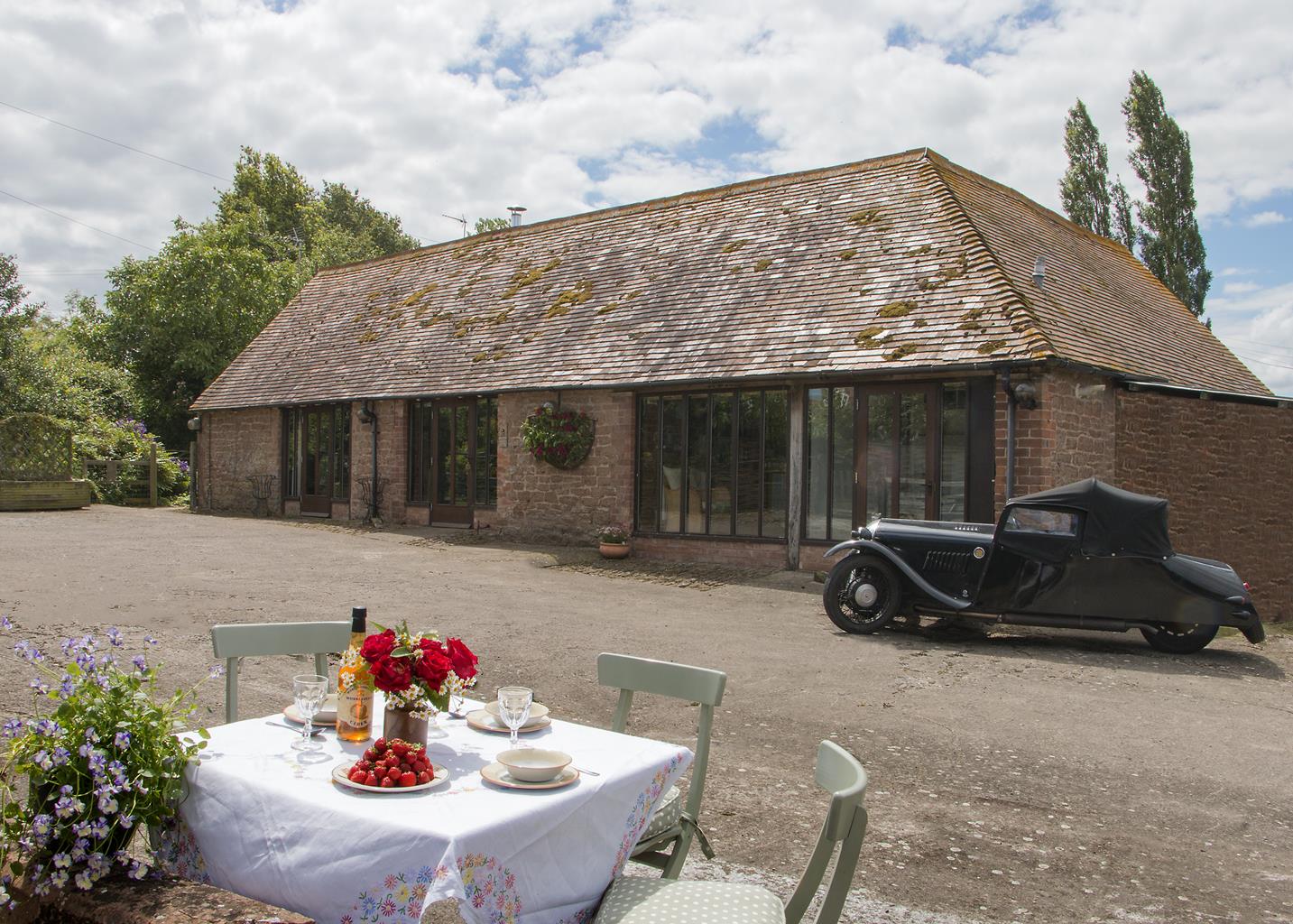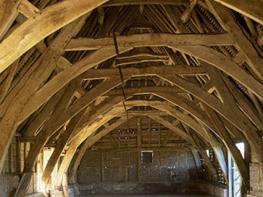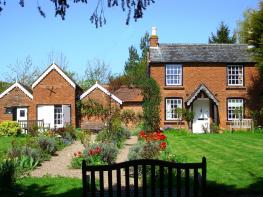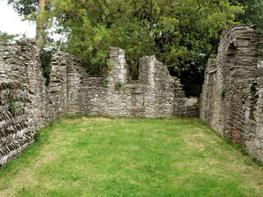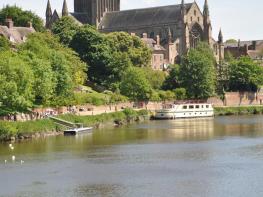Tucked away in woodland overlooking fields running towards the Malvern Hills, The Hideaway is a…
Ravenshill Woodland Reserve

3.5 miles (5.6kms)
About the walk
You might think that all you need do to set up a woodland reserve is to acquire some land, buy some trees, and persuade some people to help you plant them. It isn't quite as easy as that, a fact attested by the story of Ravenshill Woodland Reserve.
Having opted for early retirement from her high-street-name directorship in 1966, Elizabeth Barling set out to do something innovative and completely different. She did have the advantage of starting out with 94 inherited acres (38ha), negotiating the purchase of a little more to round the acreage up to 100 acres (40ha). However, conservation is a modern concept – most of the land, once ancient woodland, had been stripped of mature trees in 1929, when national stocks of timber were still recovering from World War I. In 1966 it was a disorderly mass of spindly, regenerated, mixed native species. Elizabeth spent the best part of a year living on a houseboat while taking an MSc in Recreation Management at Loughborough University before implementing her ideas. The greatest setback was the loss of her house in the woods, reduced to a large pile of ashes. Ironically, all this destruction occurred one evening while the owner was in Worcester Cathedral enjoying a performance of Haydn's Creation.
Services to conservation
Look at the suggested map carefully and you will see the word 'Ravenhill' several times, but only once are the birds in the plural, at Ravenshill Wood. In some ways this is an error, but not of the Ordnance Survey's making. A bronze name plate had been ordered, and a rogue 's' had appeared on it; this was pointed out to Miss Barling but she decided to keep the distinction. Later, Ordnance Survey fieldworkers re-mapping the area were shown that 'Ravenshill' was indeed the correct spelling. The information building is rustic and a little ramshackle, but has wall-to-wall wildlife displays, and invites you to borrow wellington boots free of charge. Establishing Ravenshill Woodland Reserve was certainly a labour of love. The full story is set down in Elizabeth Barling's book, Birth of a Nature Reserve, published in 1982. She was recognised with an MBE in 1978 for her services to conservation. Happily, the present owners and the Worcestershire Wildlife Trust have carried forward her philosophy into the reserve's present-day management. The reserve is open daily; in winter (November to March) the Visitor Centre is open only at weekends.
The distance given in the information panel does not include walking the 0.5-mile (800m) red trail or 1.5-mile (2.4km) blue trail in the reserve itself.
Walk directions
Turn left from the car park entrance. In 150yds (137m) turn left on a green track beside Hill Orchard's private drive. Soon you are in woods. After 300yds (274m) veer left at some wire enclosures. Then 250yds (229m) further, where a stile and nearby gate lead into a field on the right, go just 20yds (18m) further. Now go up to the left on a path. In 120yds (110m) climb a rustic stile and continue ahead. Note well this point, where a path joins obliquely from the left, since you'll be returning this way – the junction is easily missed! Go on for 100yds (91m) to a driveway. Walk for 30yds (27m) away from the house, to follow the sign, 'bridleway', down to the right. Soon, at a line of incongruous laurel bushes, reach the tree-lined Worcestershire Way.
Turn right. After 650yds (594m) go through a gate. Peel left, hugging the trees for about 350yds (320m) but not going under them. A narrow gap would lead into a second meadow but on the right is a fenced area, guarded by a sinewy field maple. Climb the waymarked stile beside the padlocked gate. After another gate, ascend diagonally right, veering left as it levels. Use two field gates, remaining outside the woods before a metal handgate accesses a woodland path. Trace the sometimes thin path ahead, ignoring crossing/side paths. From the far wood-edge handgate bear half-right down to two handgates either side of a track, then go left through a third to reach Steps Cottage.
Turn left. Beyond Threshers Barn & Wain House is Crews Court. Here, beside a fingerpost, ascend some wooden steps to a stile. Go left, to cross the nearby stile; then right to ascend a paddock. In trees veer right to take a good stile beside a new-ish metal gate. Now move 20yds (18m) right to find your narrow path up – above the old stile, rendered obsolete by a fence across its line to the garden gate. Go up quite steeply – perhaps using hands for the last bit up the earth bank, otherwise find a less steep part. Now at the ridge, don't fall off the unexpectedly wobbly stile here.
Turn left, shortly using a gate. In 275yds (251m) fork left on the Worcestershire Way, dropping to a lane. Turn right, uphill; once over the crest go left on the rough track, passing a house. At the nearby fork before Woodside Cottage keep left on the Worcestershire Way to return to the junction, remembered from earlier, where you now branch right. From here retrace your steps back to the start.
Additional information
Firm or muddy tracks, meadows, some very short but steep, slippery sections, very little road, several stiles
Woodlands and rolling green fields
On lead near livestock, off lead in wooded areas (on lead in Nature Reserve)
AA Leisure Map 18 Worcester & The Malverns
Ravenshill Woodland Reserve (donation). Note the posted closing times for the car park
At start (weekends only in winter)
WALKING IN SAFETY
Read our tips to look after yourself and the environment when following this walk.
Find out more
Also in the area
About the area
Discover Worcestershire
Worcestershire is a county of rolling hills, save for the flat Vale of Evesham in the east and the prominent spine of the Malverns in the west. Nearly all of the land is worked in some way; arable farming predominates – oilseed rape, cereals and potatoes – but there are concentrated areas of specific land uses, such as market gardening and plum growing.
Worcester is the county town, and home to Worcestershire County Cricket Club, which has what some regard as the most attractive grounds in the country, in a delightful setting with views of Worcester Cathedral. The Malverns, Great and Little, set on the slopes of the Malvern Hills, are renowned for their refinement. Great Malvern, terraced on its hillside site, came to prominence as a genteel spa for well-to-do Victorians, rivalling the likes of Bath, Buxton and Cheltenham with its glorious surroundings.
Sir Edward Elgar was a Worcester man, and his statue stands on the High Street, facing the cathedral. The cottage where he was born is now a museum and he is commemorated on the £20 note. Other notable Worcestershire figures include poet A E Housman, chocolate magnate George Cadbury; and Lea and Perrins, inventors of Worcestershire sauce.
Nearby stays
Restaurants and Pubs
Nearby experiences
Recommended things to do
Why choose Rated Trips?
Your trusted guide to rated places across the UK
The best coverage
Discover more than 15,000 professionally rated places to stay, eat and visit from across the UK and Ireland.
Quality assured
Choose a place to stay safe in the knowledge that it has been expertly assessed by trained assessors.
Plan your next trip
Search by location or the type of place you're visiting to find your next ideal holiday experience.
Travel inspiration
Read our articles, city guides and recommended things to do for inspiration. We're here to help you explore the UK.

